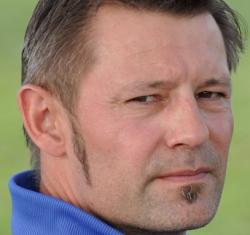Developing Decision Making for Youth Players
Lloyd Biggs is the co-director with Jeff Johnson of one.Soccer Schools. Technical Director Biggs is also a youth coach with Real So Cal where he coaches the 2007s and 1998s boys. Lloyd has UEFA A, USSF A, and National premier coaching licenses. In this article, Biggs shares his view on the technical aspects of the game and on the development of America’s youth soccer players.
Great coaching is not just about X’s and O’s.
Coaching youth soccer players is much more involved — and should be focused on developing the thinking soccer player.
“There is an infinite number of different situations within anyone game and each situation is different than the one before. During the game players must perceive the situation and then select what they believe is the correct decision, and then
execute,” said Arsene Wenger, the Head Coach of Arsenal FC since 1996.
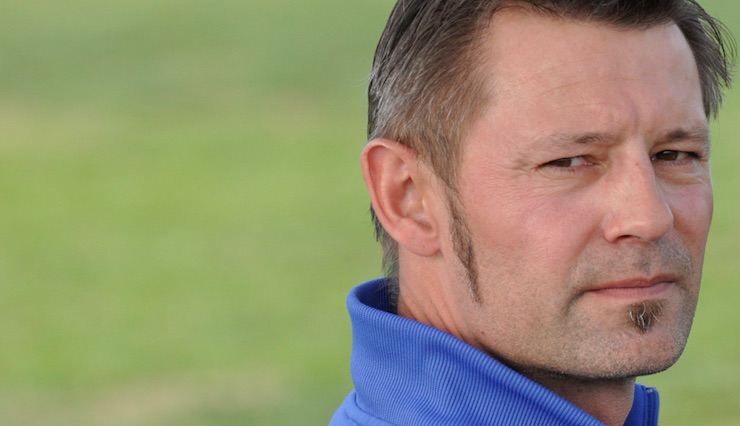
I have had the pleasure of coaching youth soccer players for the last twenty-three years, eleven of those years in Southern California and during my time in the Golden State, it has become evident that this area has a strong focus on player development.
The Southern California youth soccer players’ technical ability and individual creativity on the ball is far more advanced than it was ten years ago — however, are these youth players making better decisions on the ball?
Do players have a greater understanding of movement off the ball?
Lately, I have been part of many discussions related to the decision making the process of the game. For the most part, the common consensus is the American youth soccer player is behind compared to the rest of the world. Agree or disagree? My personal opinion is while there have been improvements, there is still significant room for development in this area.
Good coaches are always exploring ways to improve and develop their knowledge and
philosophy with a view to supporting the players by creating better environments where they can excel.
This article provokes some thought and discussion concerning the environment we create as coaches through our field sessions with talented young players. For the sake of this discussion, lets use ages 9-12 yrs as a reference.
First, it should be understood that a player with great technique is not necessary a
player with great skill. Skill acquisition is a three-phase process. Cognitive, associative and autonomous stages are the journey to a player’s learning. The general thought process is that the longer a player practices, the better they will become.
However, if that practice is not purposeful, not challenging, not laden with precise and ever evolving decisions — youth soccer players will not reach their potential as they will lack the ability to both make decisions and execute the technique required within the competitive environment.
Unlike many sports, soccer requires a player to not only develop the ‘technical tool box’ but also consistently make decisions within a fast paced, ever changing environment.
Would it be fair to say that for a player to become great, we need to place them in
environments whereby they have both teammates and opponents, allowing them to
develop both great feet and a quick mind?
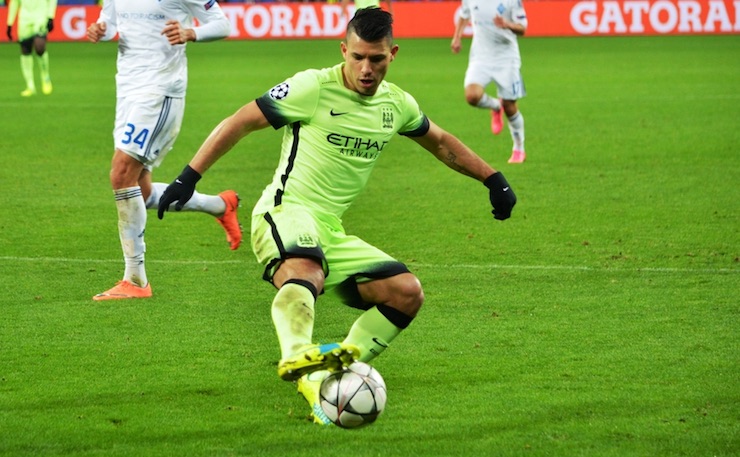
It takes focus to develop a youth soccer player who can think on his fast-moving feet. How do we develop this type of player? How much of your planning is dedicated to
technical work with no pressure? How much work do you dedicate to technical passing
and dribbling drills and 1v1’s? These are all important questions when it comes to the
work we are doing on the training field. A typical schedule for a young player is two
and sometimes three training sessions per week, usually lasting an average of 1.5-2 hours. A total of 3 to 6 hours per week of training. Hence every minute we have with the players counts. Coaches need to find ways to maximize the short amount of time they get with their
players.
Focusing too much on the individual technical ability of the player, without
teammates and opponents may develop great technique but will it develop great skill?
I am not saying that there is no value in technical training or 1v1 drills — rather I am saying is that too much technical training or 1v1s does not become purposeful training.
Coaches will need to assess the level of their players and plan the percentages of work
within the weekly schedule.
I would argue that a coach could adapt his/her sessions to combine the development of great feet and a quick mind. The Diagrams below highlight some common exercises in youth soccer and demonstrate how adding teammates and opponents to the exercises can still allow for the development of the technical component, however, increases the decisions for the player, thus creating a more purposeful training session that relates better to the bigger picture, which is the game itself.
Diagram 1 – A common exercise used widely in youth soccer

Diagram 1: Each player is moving with a ball in a designated space. The coach controls the techniques being worked on and guidelines of the exercise. Although it is evident to see that the players can and will improve their ball mastery, dribbling, and turning techniques, it is also easy to see that the exercise does not allow for player decisions related to teammates and opponents.
Diagram 2 — Same Drill Re-imagined

Diagram 2: This shows how small changes to the exercise can create more decisions for the players.
Introducing teammates allows players to focus on refining their dribbling techniques however now they must also look to pick their heads up and find a teammate with a pass. Players without the ball must work on positioning themselves to support the player on the ball. The technical aspect of the drill has not gone away but through adding teammates there is an increased number of decisions for the players.
Diagram 3
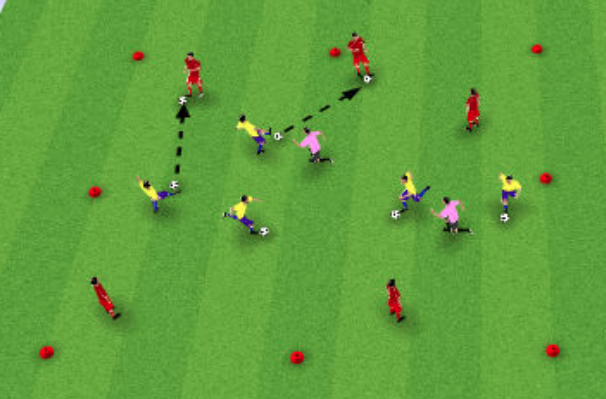
Diagram 3 shows how adding opponents — 2 defenders — into the exercise challenges the players both on and off the ball to make quicker game-related decisions.
Diagram 4
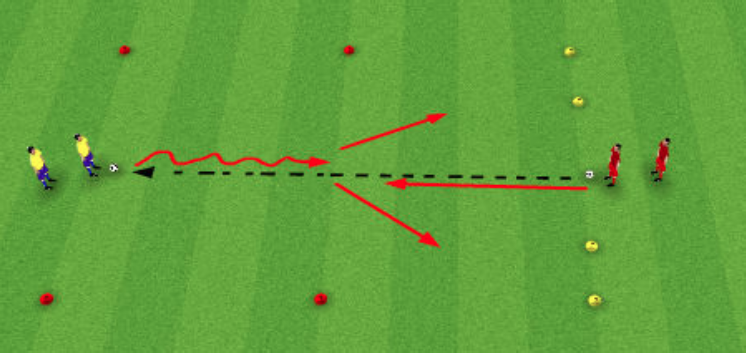
Diagram 4 shows a common 1v1 exercise. Defender in a red pass to the attacker in yellow.
The Attacker attempts to dribble past the defender and run through either of the yellow goals. This is a popular and beneficial exercise with many benefits, although it must be
recognized that 1v1s limit the decision-making process for players.
Diagram 5 — Same Drill Re-imagined

In diagram 5 two teammates are added on the sides of the area. This allows the attacker
the option to pass the ball to his/her teammates to create space. Just like the 1v1
exercise there is still plenty of opportunities for the attacker to dribble, however now
he/she also has other options, and therefore more decisions to find ways to beat the
defender.
Diagram 6
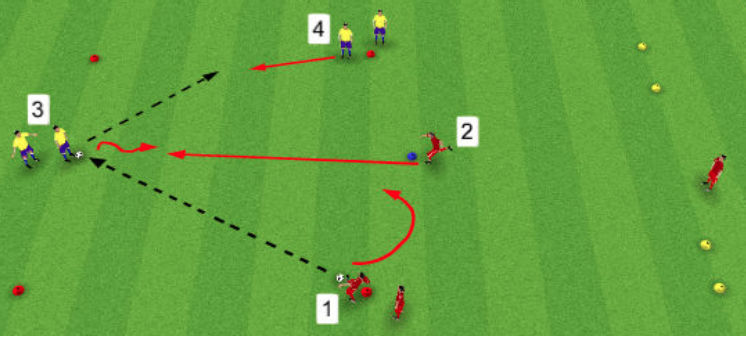
Diagram 7

Diagrams 6 & 7 are productive 2v2 exercises that again create many decisions on and off the ball. In diagram 6, 1 passes to 3, 4 gives a good supporting angle as 2 pressures the ball, 1 takes up a defensive position to give support to 2. The attackers must dribble the ball through either of the yellow cones; I like to create drills that allow space in behind defenders.
This allows defenders to work on tracking and chasing. In diagram 7 the
change in pass to start the game creates different pictures and thus different problems
for players to solve, through effective decision-making.
Personally, I rarely do 1v1s anymore as I am very confident in knowing that within a 2v1 or a 2v2 there are numerous opportunities for players to dribble while creating a more realistic setting to a game environment, teammates and opponents.
Diagrams 1 through 7 show examples of basic youth soccer drills and ways to add both teammates and opponents into the exercises thus creating purposeful training environments where players have more game related problems to solve and thus more decisions to make. In addition to exercises that break the game into smaller parts, we should not forget the importance of the game itself being the teacher.
Great coaching is not just about X’s and O’s, there is much more involved.
What happens on the training ground has a major impact in a young player’s development. I would like to believe that as each year passes, I become a better coach.
My philosophy and thoughts on the how I can improve players through
the environment I create are constantly challenged. Each year I ask myself can I be better.
It is my hope that all coaches, no matter how much experience they have and how successful they have been ask the same questions. Without this constant hunger for ourselves to become better how can we begin to help the players under our guidance become the best they can be!

Agree or disagree with my thoughts, I hope at the very least, this article has inspired you to make every minute count at training and plan purposeful training sessions that challenge players, developing not only great feet but great minds!
Related Article: One Soccer Schools: Jeff Johnson
This article was published earlier.


